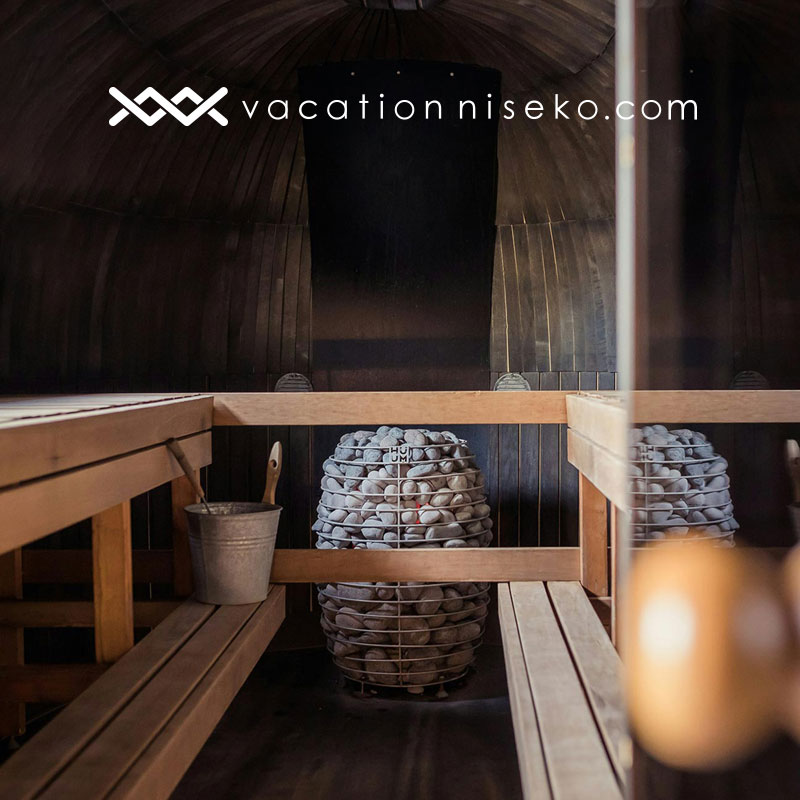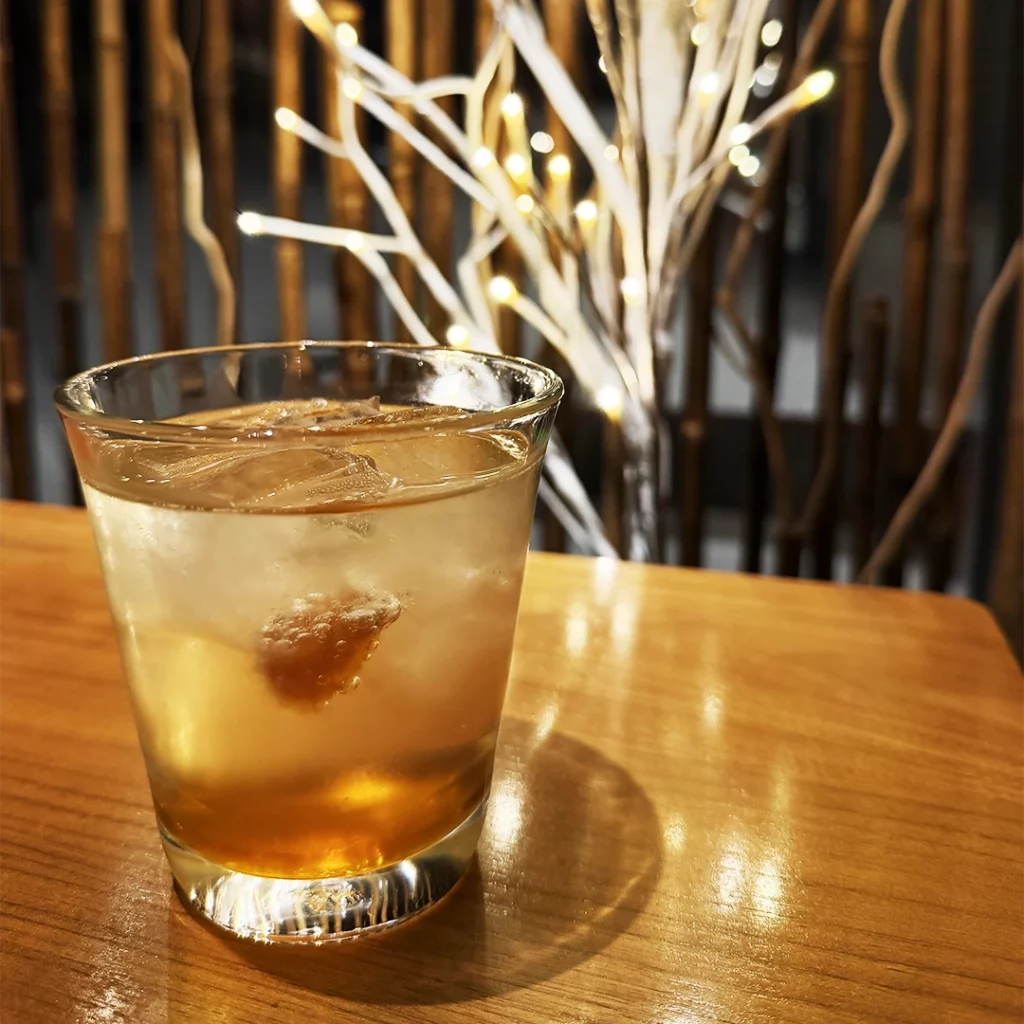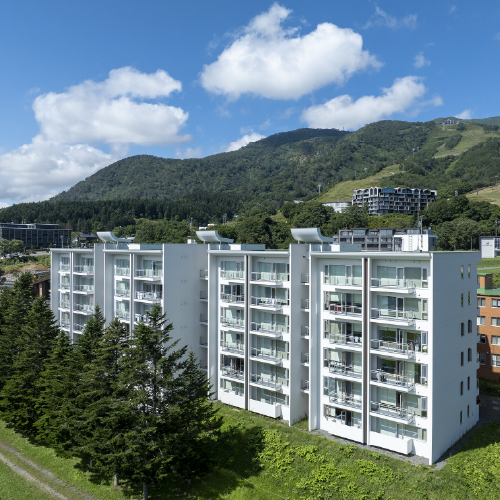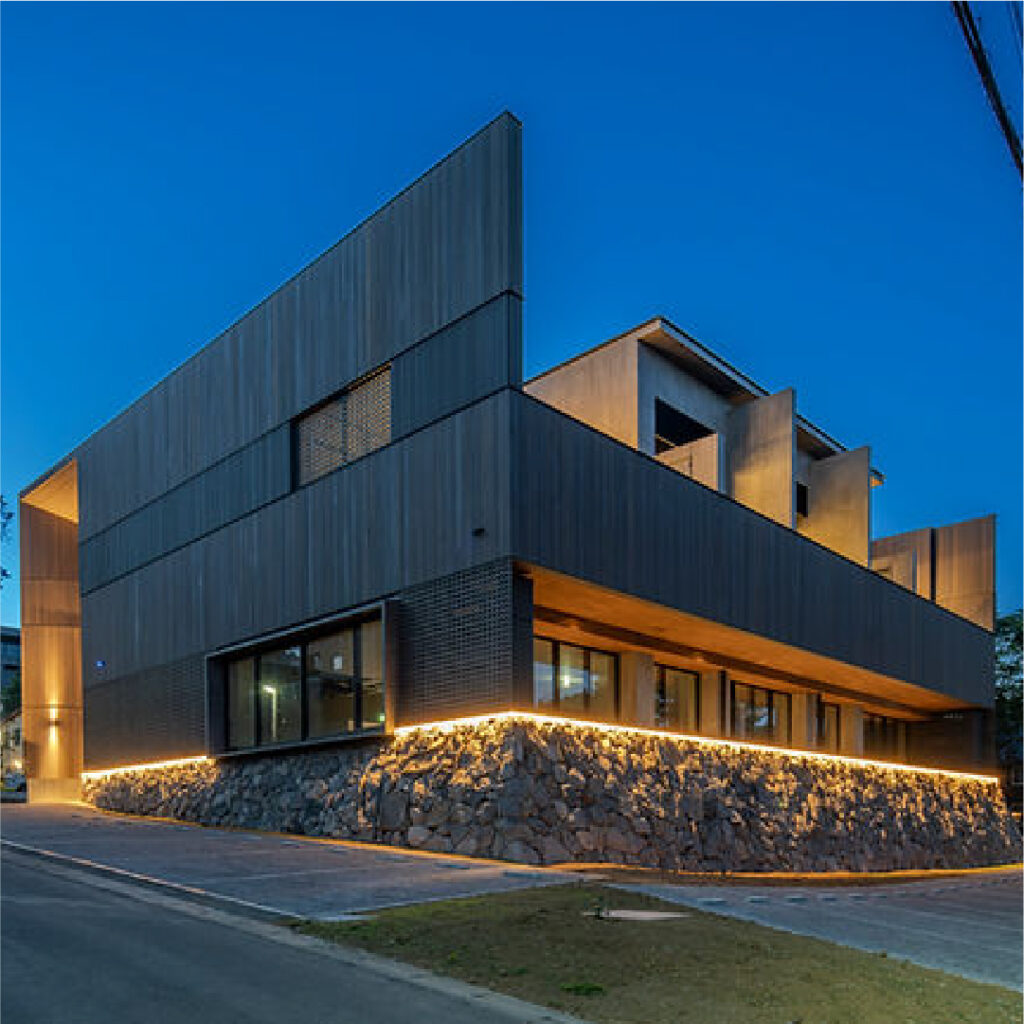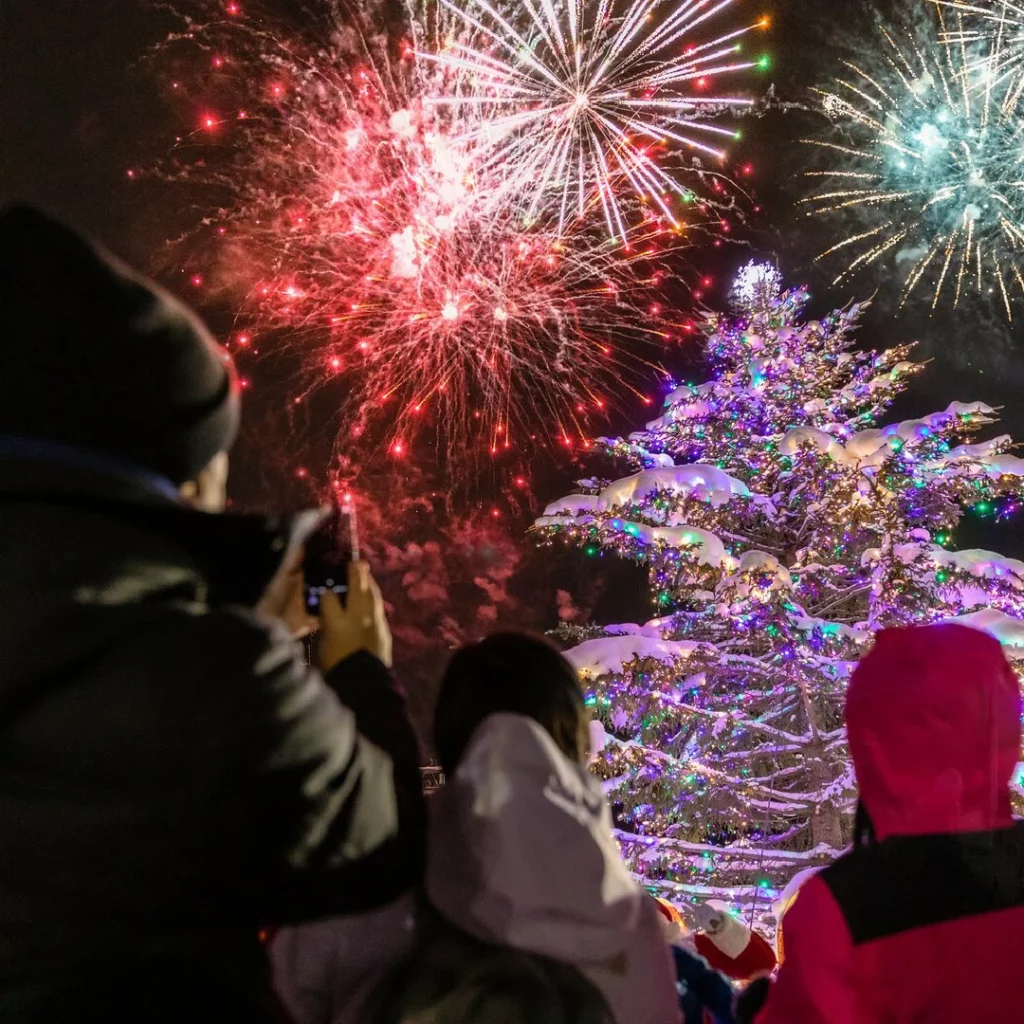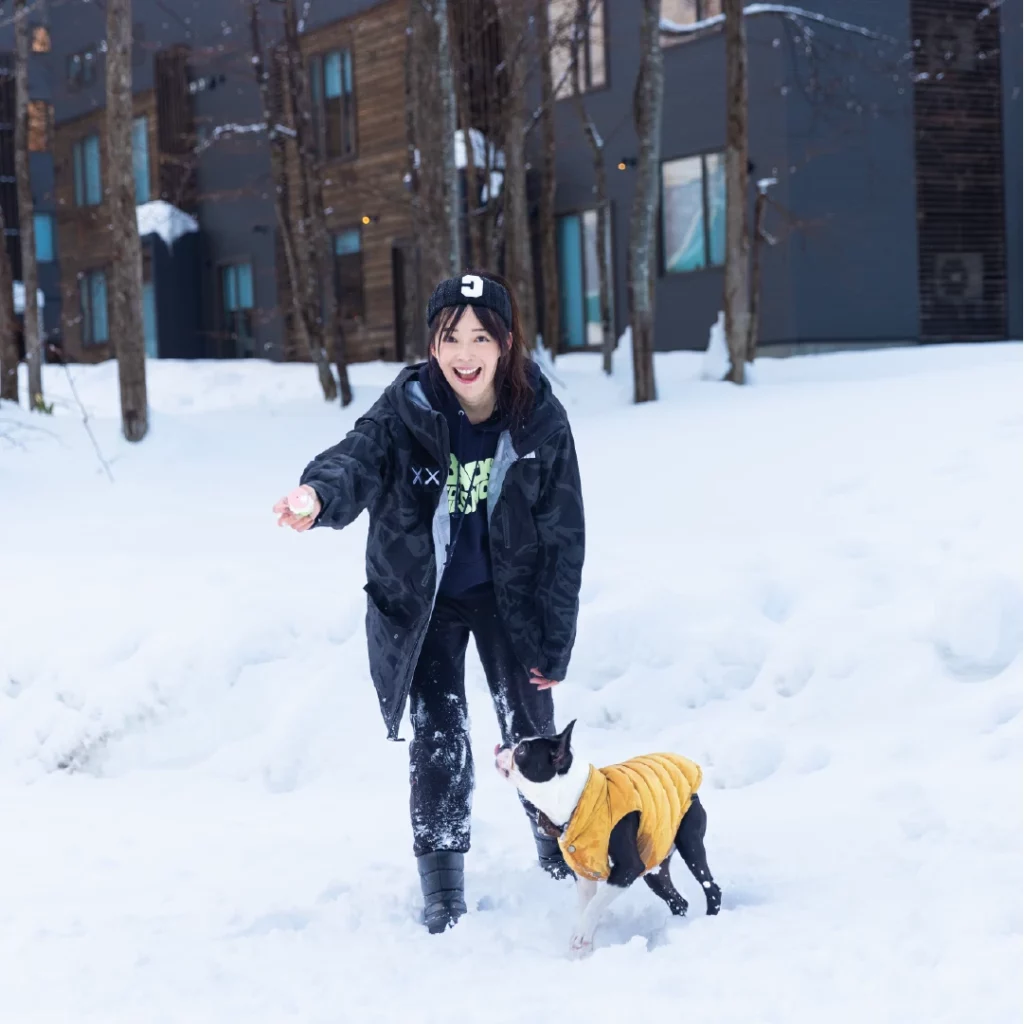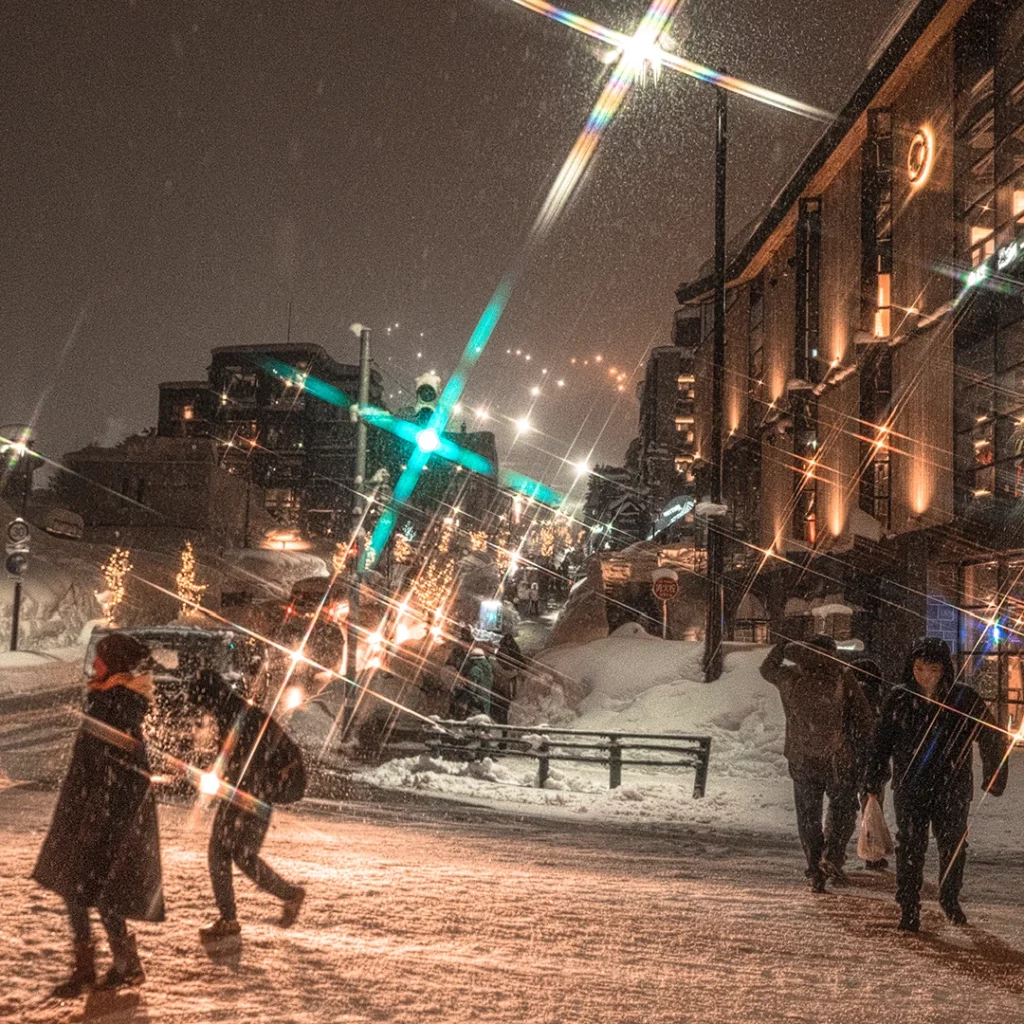We all know that Niseko is known for it’s insane powder snow, thriving village, incredible scenery and world class cuisine, but what many visitors to Asia’s snow capital don’t know is before it was discovered for it’s snowsports, it was one of Japan’s many onsen towns.
With its volcanic surroundings and mountainous terrain, Niseko is home to many underground reserves of geothermal water, filled with mineral properties that are perfect for a soak. The area was first discovered for its minerals in the late 19th century Meiji era, when Mt Iwaonupuri was mined for its sulphur. This would turn out to be a major export for Hokkaido as it was used for match heads, a necessity of the time.
The first hot spring or onsen emerged in Niseko in 1885, in the foothills of Mt Chisenupuri. Throughout the next decade, more and more settlers in the region discovered areas where they could bathe, with the area we now know as Grand Hirafu Ski Resort beginning to fill up with baths. Alongside the rapidly developing Rankoshi collection of onsen, Niseko eventually became one of the biggest and most popular regions in Hokkaido for hot springs.
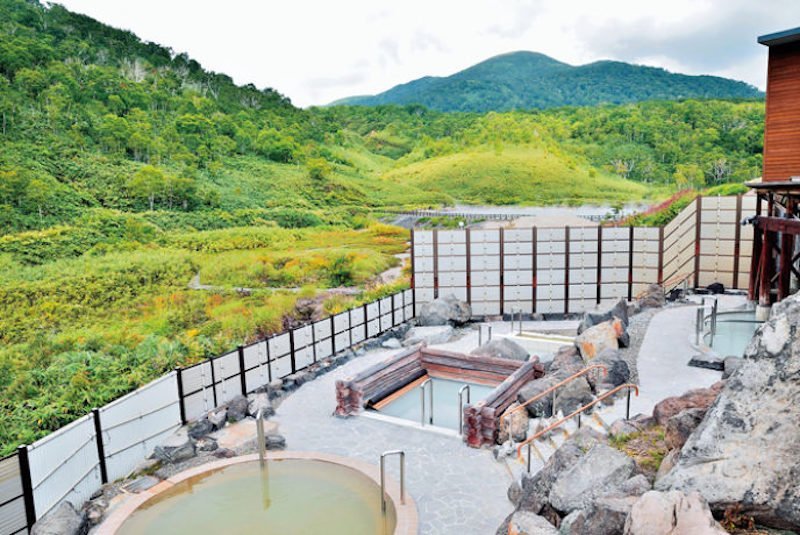
Today, Niseko is still known and appreciated for its onsens that are rich in minerals like sulphur and iron, with each onsen having a particular concoction of minerals that supposedly help with particular medical and cosmetic ailments. If you are planning a trip to Niseko, we definitely recommend taking advantage of the dozens of baths in the area, especially if you are skiing or snowboarding often – they are amazing for tired bodies after a long day on the slopes and a great way to wind down each evening.
Although there are no apparent downsides to bathing in an onsen and doing so is touted as one of the great Japanese past times, many new visitors to the land of the rising sun avoid them or feel nervous due to nervousness or misunderstanding about their benefits and customs. This is understandable as admittedly, there are quite a few rules when it comes to simply taking a soak! If you’re thinking about going to an onsen while in Japan have no fear: here is everything you need to know when it comes to onsen etiquette in Japan.
1. Nakedness is non-negotiable
Probably the hardest pill to swallow when it comes to onsen culture, something everyone has to face when heading to the baths for the first time is that nothing foreign (including swimsuits) can enter an onsen. Many guests ask if they can cover up so they can be comfortable around others but unfortunately this is forbidden in pretty much every onsen in the country, but for good reason. In general, onsens are considered to be pure and clean areas to relax and take in the benefits of the mineral-rich waters. If foreign objects like towels, clothes and even your freshly washed bathers were to enter the onsen, it could be considered a sort of ‘contamination’ where the purity of the experience would be tainted.
Although understandably daunting, a good thing to remember if you are nervous about taking a dip in your birthday suit is that Japanese people and seasoned visitors are very modest and tend not to stare – it’s an onsen after all, no biggie! You’ll find after your first couple of times, the anxiety fades and being naked becomes just part of the experience.
A lot of people will also rent or bring small hand towels that are allowed in the bathing area so they can cover up their private parts before getting into the onsen. If you choose to do this, be sure to not let the towel go into the water, but keep it on the side of the pool or fold it and put it on your head – these towels are also not allowed since cleanliness is key!
2. Body only
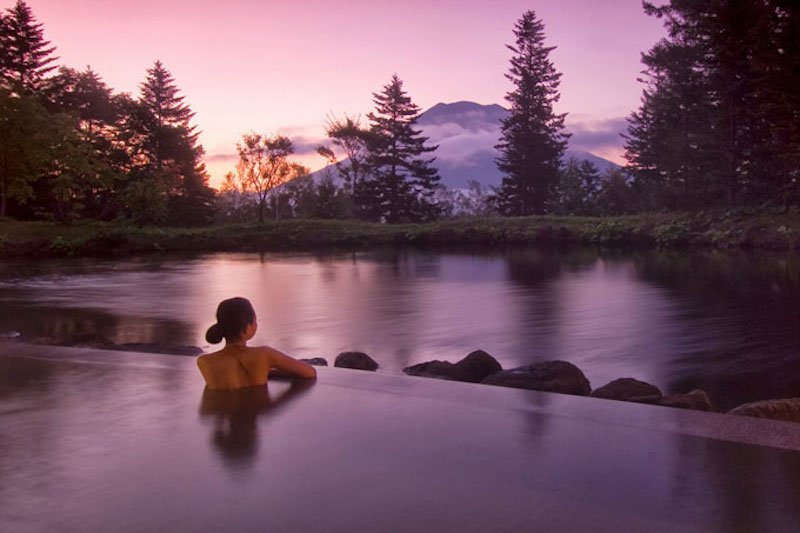
That leads into our next tip very well: make sure to only have your body in the onsen when bathing. Again this is to ensure nothing foreign could get into the water and compromise the water’s purity such as oils from your hair and face, saliva and strands from your head that could clog the drains. If you have long hair, bring an elastic and tie it up before you get into the pool and make sure to be diligent when thinking about putting your face in the water – it’s a no go!
3. Wash before, rinse after
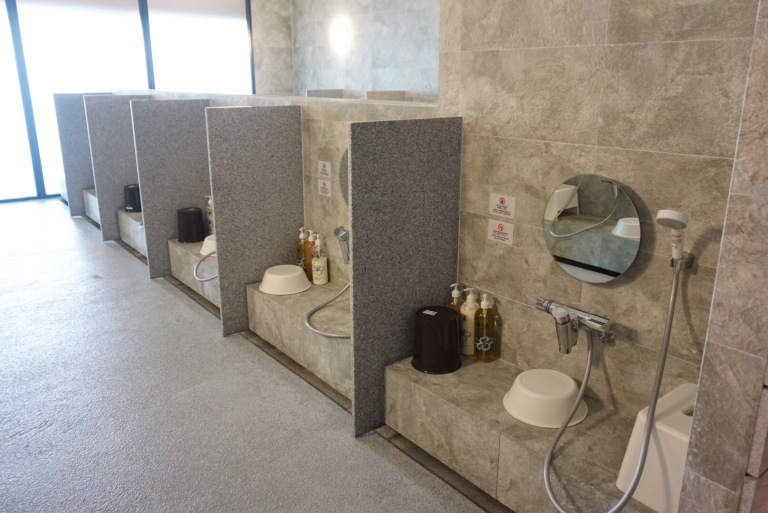
It’s customary – no, necessary – in Japan to cleanse yourself well before getting into an onsen. This is to ensure that you don’t bring any unwanted dirt or bodily residue into the onsen and to keep it clean for many people to use between cleaning by staff. After you pay at the front desk (onsens will usually range between 200 and 2000 Yen per visit depending on the facilities and location), you will head to a changing room where you can leave your drying towel, shoes and clothes. Then there will be a shower area to clean yourself before entering the onsen. Here you’ll often find complimentary soap, shampoo and conditioner but it’s a good idea to bring your own just in case you’re heading to a new onsen for the first time and they don’t supply it. Once you’re at the shower, take a seat on the stool and wash thoroughly, making sure to get all sweat, dirt and oil off your body and hair.
After your soak, you can take a rinse at the showers on your way back to the dressing room, a thorough wash is not required after onsen since it’s recommended to leave some of the minerals on your body so the therapeutic properties can continue to work on you even after you’ve left the onsen.
4. Gender split
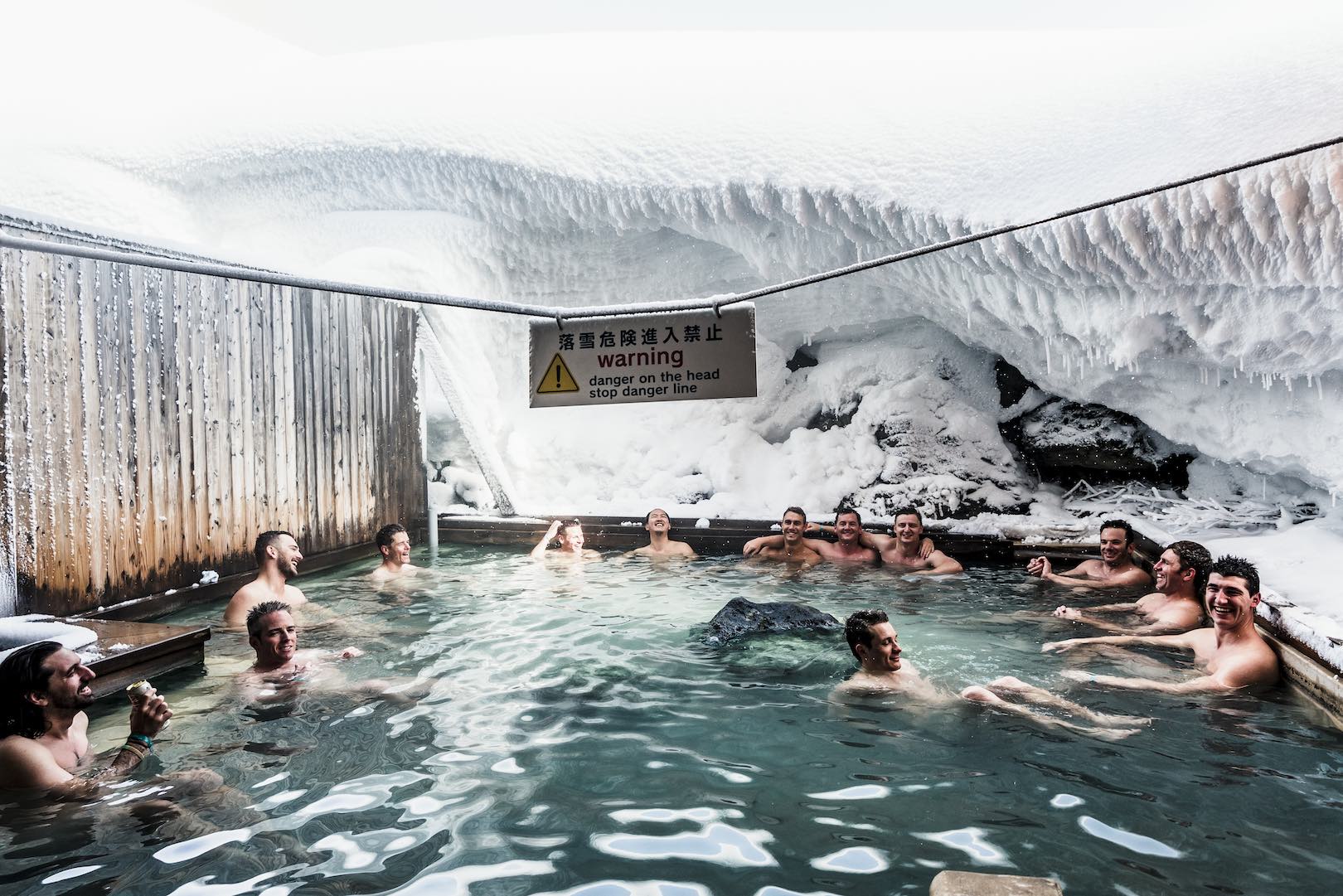
It’s also worthy to note that 99% of onsens in Japan are split by gender, with a few offering mixed pools, but these are few and far between. If you’re hoping to bathe with your whole family or mixed-gender group, be sure to check if the onsen you’re heading to has a mixed option or private onsens that can be rented for an extra charge. If you’re fine with splitting up for a little while, head through the curtain of your corresponding entrance (blue for men 男 and red for women 女) to undress and shower, then it’s time to relax! If you’re ever unsure of which entrance is yours, check with the staff as sometimes they can switch baths to different genders throughout the day so everyone can enjoy all the pools. Also be sure to arrange a meeting time and place somewhere in the building if you’re visiting with friends or family of different genders so no one is left waiting!
5. Mixed onsens
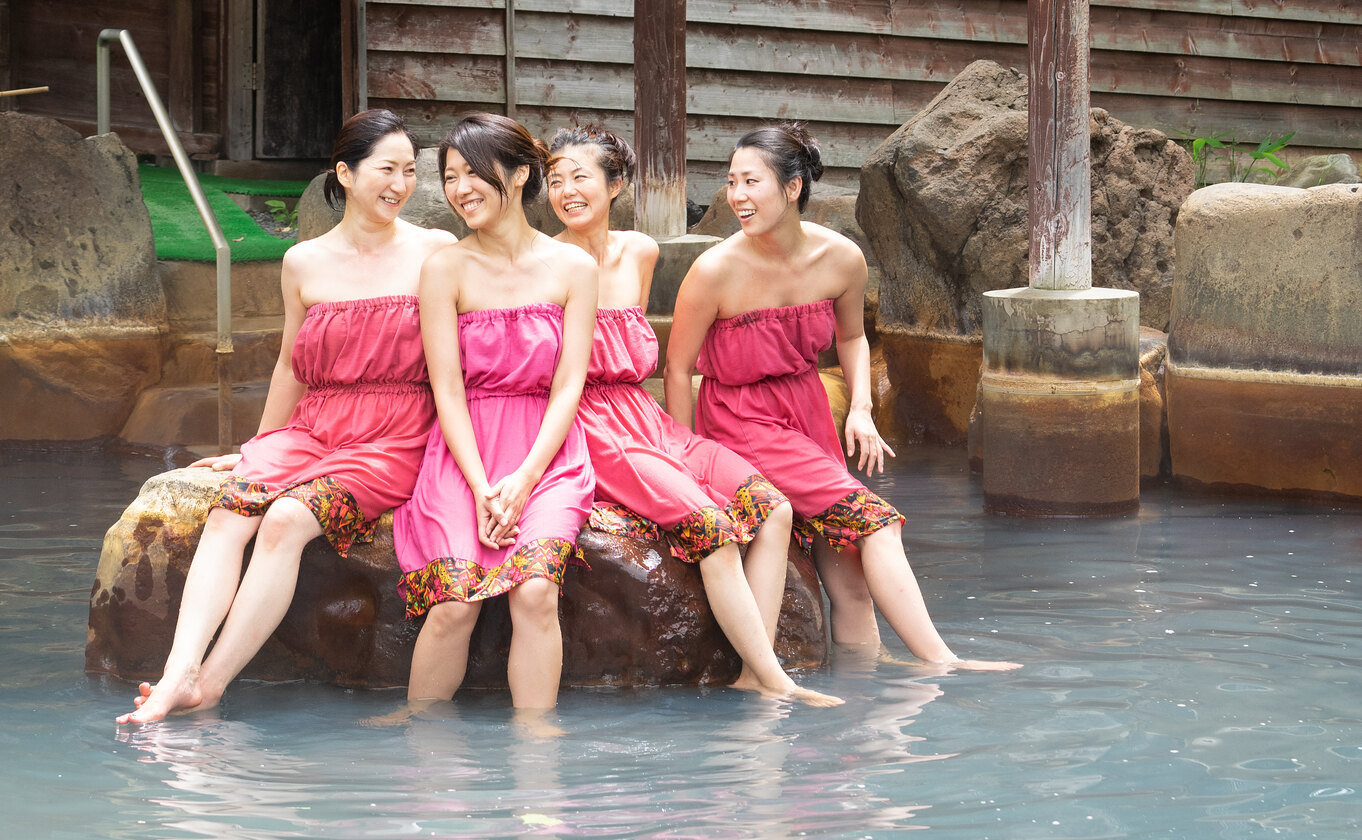
If you do get the chance to visit a mixed onsen, make sure you read signs and listen to staff in case there are any particular rules associated with that onsen. Almost all of the time either women or both genders will be required to cover up with a towel or purchasable cotton dress (as seen above) or shorts in the onsen so everyone can be comfortable – this would be the only time fabric would be allowed in the baths. Ensure you’re aware of what the cover up requirements are so you don’t make any serious faux-pas.
In general if there is a mixed onsen near you we would recommend visiting, it can be a great opportunity to experience authentic Japanese culture with loved ones and they are usually quite social and relaxed which makes it more fun!
6. Tattoos
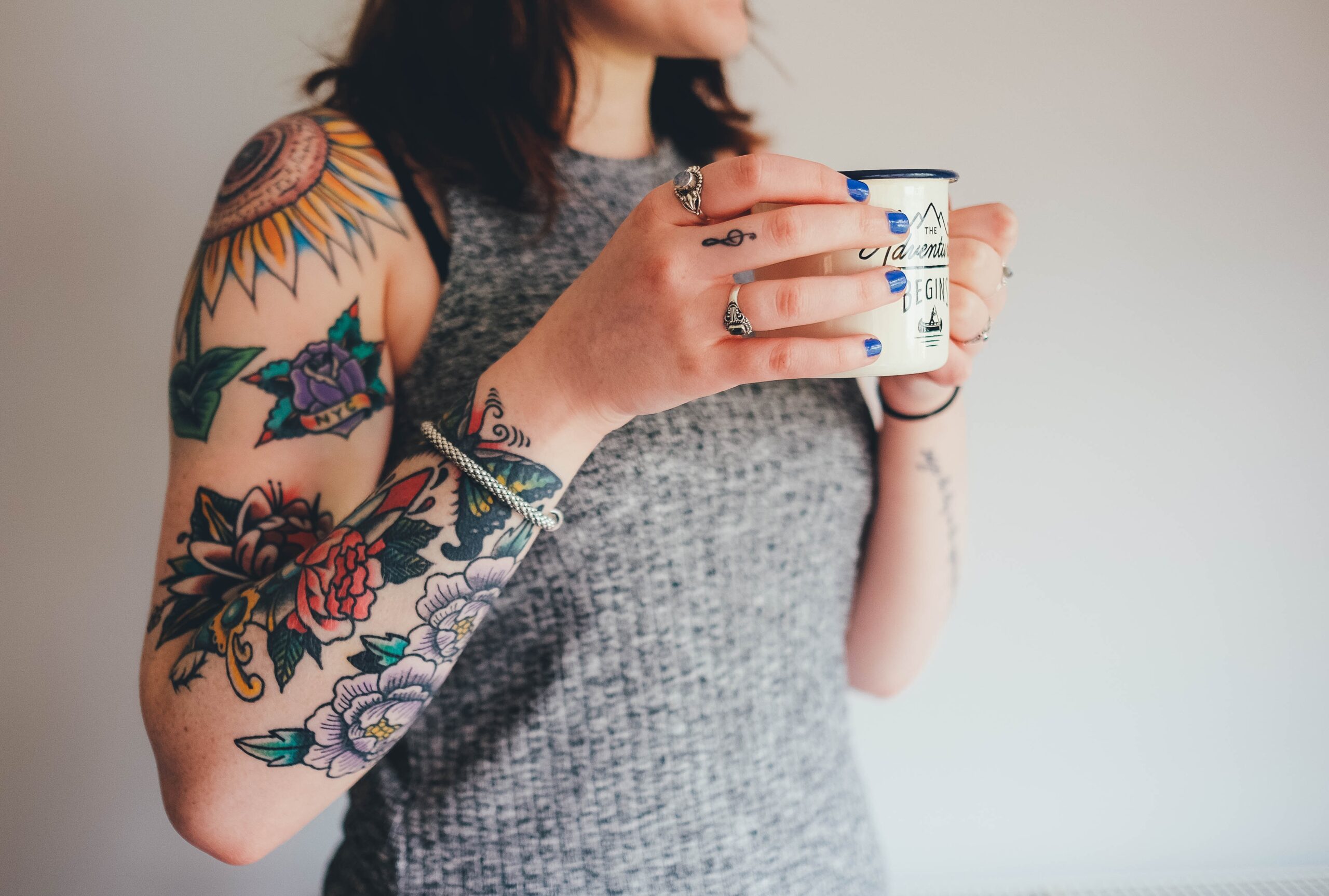
Another big turn off to first-time visitors in Japan is the banning of tattoos in onsens. Unfortunately, there is a deep rooted uncomfortability towards tattoos in Japan due to their traditional relation to the Yakuza, or Japanese mafia. Since onsens are designed to be places of relaxation and safety, many of them refuse entry to people with tattoos, regardless of whether you look like Yakuza or not. If you have large or quite visible tattoos, you may not be able to bathe at a particular onsen because of this rule, and in the case of that happening, we recommend covering them with bandages or sleeves and maybe trying another onsen. If you have small tattoos or ones in less visible places, we still recommend trying to cover them up as much as possible when entering the onsen, then letting the opaque water cover you once you’re in.
A great thing about visiting Niseko is that there is a quite substantial expat population from tattoo-accepting countries like Australia, New Zealand and the UK and there are a lot of international visitors each year. This means local onsens have begun to learn about Western tattoos and relaxed their rules about them so it can be one of the best places in Japan to onsen if you do have tattoos. However if you’re unsure, always be sure to just ask the staff if you’re okay to enter and you’ll be fine most of the time.
7. Taking care of yourself
Although onsens are visited to keep healthy rejuvenate the body, there are also a few risks if you’re not careful. Firstly, don’t stay in the onsen for too long – generally speaking 30-40 minutes total is enough time to reap the benefits of the mineral rich water and not overdo it. Take breaks when you need to by resting on the edge out of the heat of the water and if the onsen is especially hot, don’t push yourself. Many people report feeling dizzy or nauseous after their first few times after going to an onsen, and this is usually because of dehydration or overheating from staying in too long.
Also be careful with alcohol before or after going to an onsen – it’s dehydrating nature can exacerbate negative symptoms of extended onsen time and make potential dizziness or nausea worse.
8. Behaviour
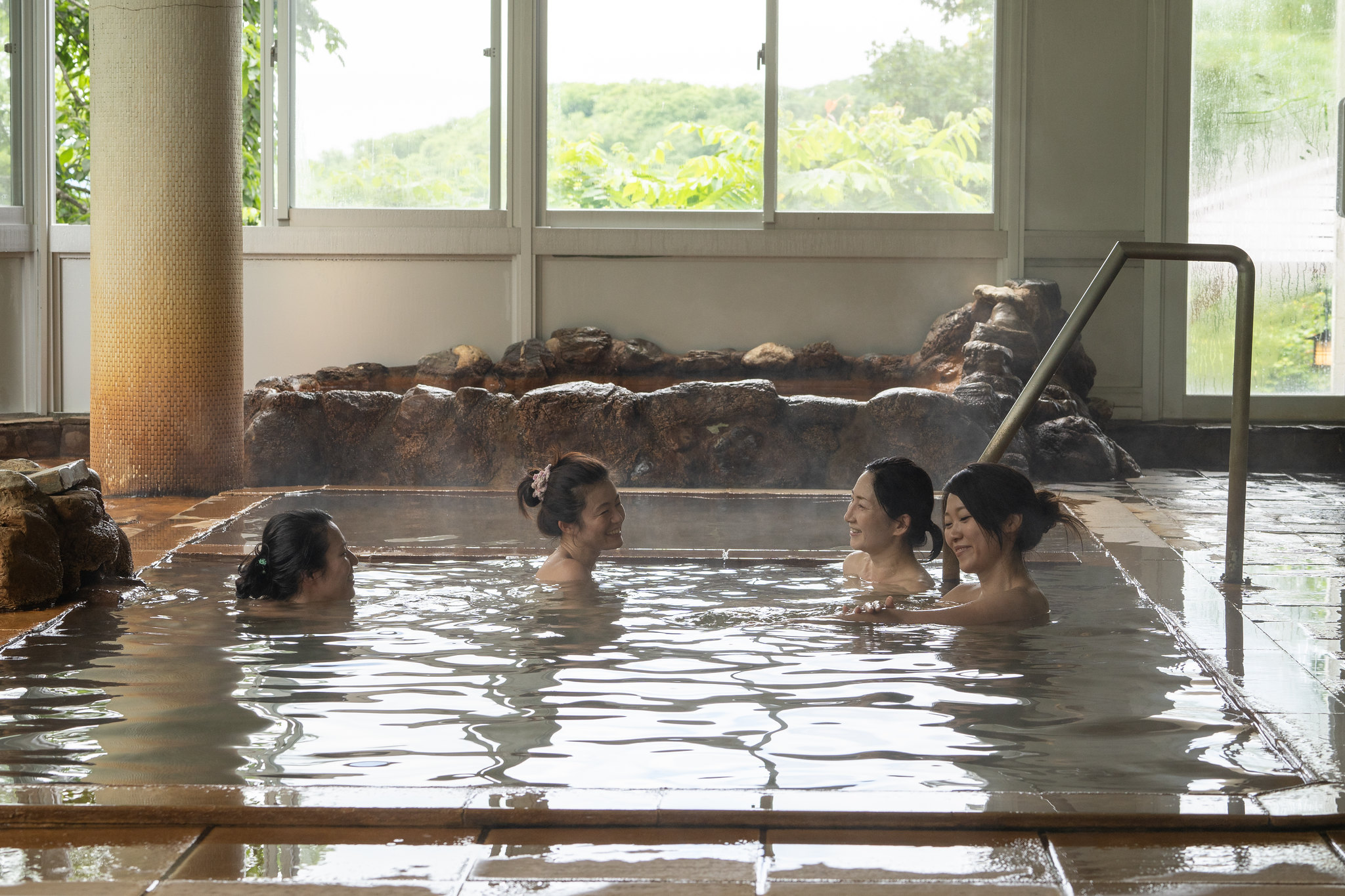
Since onsens can be a regular part of a Japanese person’s weekly routine, it’s often a communal place and somewhere to have a chat with people. Of course like every Japanese public area, talking and socialising should be relatively quiet and calm so the tranquility of the space isn’t ruined but silence is by no means necessary. Feel free to strike up a conversation if you like or have a chat with friends and family, but don’t get too rowdy. There are also often places where you can get food, beer or sake or relax in massage chairs and tatami mats in an onsen complex, and these are also good places to meet people and talk.
For obvious reasons, pictures are forbidden in bathing areas so keep your respectful hat (or folded onsen towel in this case) on it stays a comfortable place for everyone.
In general, onsens are a great Japanese experience that reflect authentic culture in Japan. Hopefully after reading this you know some important things to consider when going for your first onsen but if you forget, just remember one thing – onsens are meant to be clean: from dirt, bodily fluids and bad vibes. If you can keep that in mind, you should ace your first time and enjoy one of the best parts of visiting Japan!
Check out more information on onsens here, where you can also find some information on the Yumeguri pass, a multi-use pass for onsens that let you explore the area and save some money along the way!
